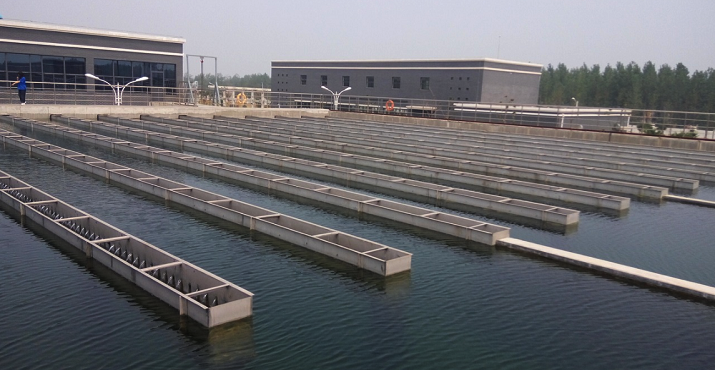
Statistics Canada is using sewage from several cities throughout Canada to gauge marijuana use in the nation. Samples are taken from wastewater treatment plants. Canada has about 36 million residents, and samples from the wastewater facilities would determine marijuana use for about one-quarter of the country’s inhabitants.
Canada is not the first to use wastewater to gauge drug consumption, according to NPR. Several countries including Australia and New Zealand already use this method. One of the reasons for this method is that it can provide unbiased data regarding marijuana consumption.
Anthony Peluso of Statistics Canada said, “There are things like surveys and whatnot where people report frequency of use, but the consumption numbers weren’t quite as reliable as we would like them to be.”
The areas participating include:
- Toronto
- Edmonton
- Surrey
- Halifax
- Nova Scotia
- Vancouver
The company hopes to expand its wastewater sampling procedure to 25 cities throughout Canada.
Dan Burgard from the University of Puget Sound in Washington conducted a similar analysis. His project was funded by the National Institutes of Health. Burgard said, “It turns out, in the Pacific Northwest, we don’t need to concentrate the wastewater for cannabis metabolites, we have enough of them in there.”
In the Washington study, determining an accurate excretion factor proved to be difficult. It is estimated that Statistics Canada may run into the same issue, but the data should offer good baseline information to determine estimated marijuana usage in the country.
At the moment, only wastewater samples including urine will be used. Solid waste may be included in future studies.
 AZ Marijuana Arizona Marijuana Info
AZ Marijuana Arizona Marijuana Info






